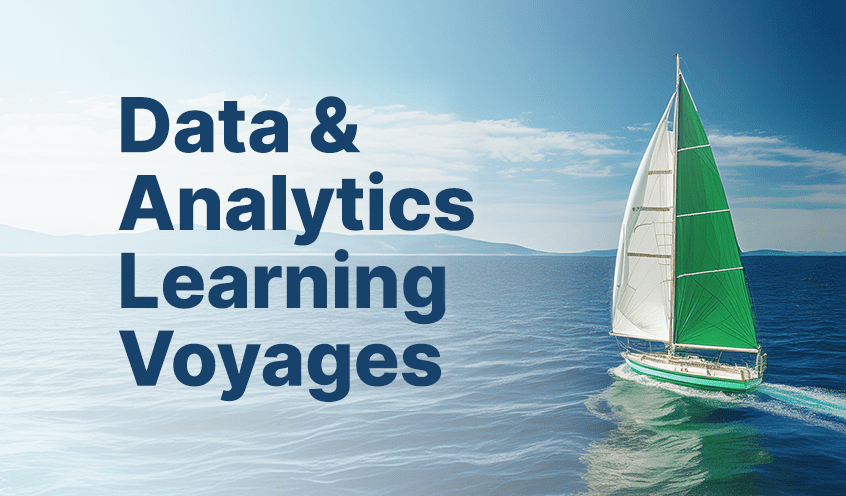This post is going to be a bit of a step back into the past. As Mork from Ork would say: “nanu nanu.”
This post is the second from the Qlik APAC Presales Team. Clint Carr shares his journey into data analytics.
My first experience with Business Intelligence was in 2002. I was a fresh starter at one of the larger accounting firms where I was put in charge of the analytics team. The first project was migrating from Solution6 to Axapta (Now Dynamics Ax) – and my team was to create the reporting and analytics layer. The tool of choice back then? ProClarity on Microsoft SQL Server Analytics Service (MSAS). For those that don’t remember ProClarity, it was one of the main visualization tools that was used on top of MSAS.

Figure 1: ProClarity architecture – what a blast from the past
My team worked on providing dashboards and analytic views to those who needed it. Unfortunately, like any “new” tech it was ahead of its time – people were not ready for dashboards, and so in time we were also authoring reports. The users couldn’t be convinced to take their data directly from the dashboard, but I was. I was absolutely positive this was the future. Self-service analytics that meant that consumers would be able to analyze the data they need when they need it was the future.
Back then, a “cloud” was something that held rain. The on-premise architecture in use was source to warehouse to OLAP cube to ProClarity visualisations, requiring complicated skills such as SQL, ETL, OLAP and ProClarity.
Joining Qlik allowed me to live my vision – that self-service analytics was real and workable in a business context. It solved so many problems: consumers could get the data they needed easily, without asking IT for additions to be created. But, IT still owned the hardware – and sometimes, where IT were a blocker, QlikView was installed by single users only - solving one problem for that user but creating many more.
Now, in the time of Covid-19, more and more enterprises are embracing the cloud – not just to manage their infrastructure but also to divest how to manage their software. SaaS is becoming the de facto standard. Why manage software installations and maintain uptime? It’s time to move away from on-prem.

Figure 2: Qlik Active Intelligence Platform – our beautiful future
In some ways, when I look back at the past I miss it. But, I do not miss managing hardware, I do not miss installing software, and I hope that we all get to say “nanu-nanu” to generating reports forevermore.
"My team worked on providing #dashboards and #analytic views to those who needed it. Unfortunately, like any 'new' tech it was ahead of its time – people were not ready for dashboards, and so in time we were also authoring reports," remarks @Qlik's Clint Carr
In this article:
Analytics












































